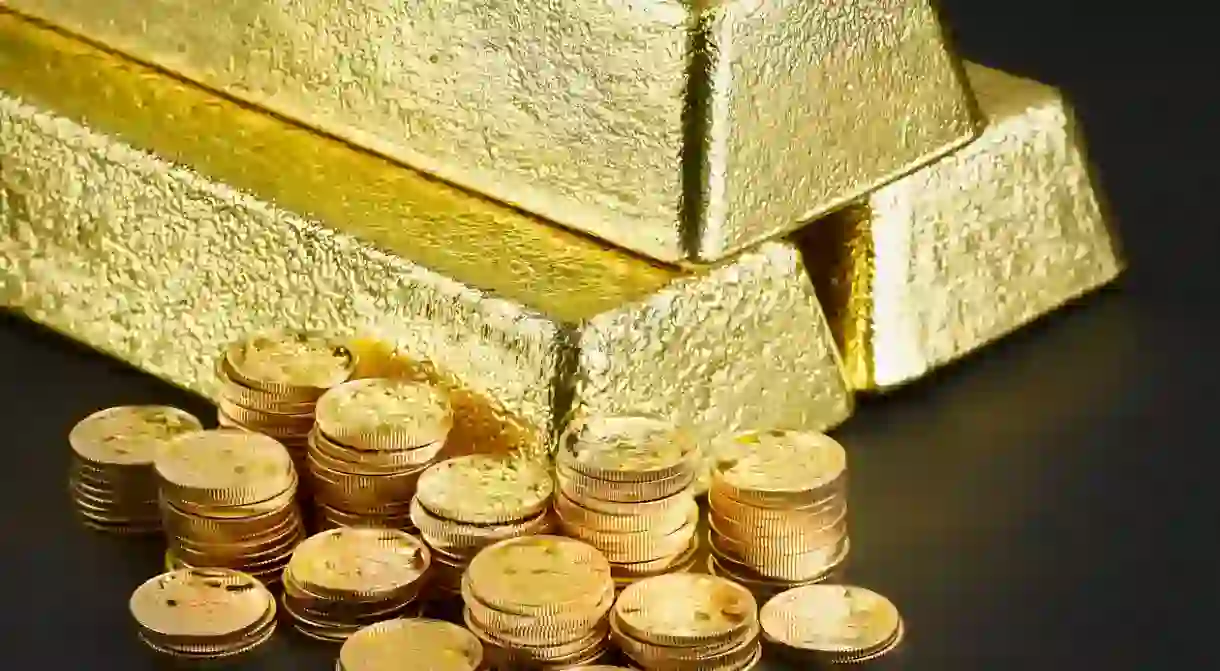10 Things You Never Knew About The Royal Mint

To celebrate the release of Gold, the new Matthew McConaughey thriller, Culture Trip took a trip down to The Royal Mint in Wales and found out everything there is to know about the loose change in your pocket.
Why is The Royal Mint is in Wales?
This was one of the first things I wanted to know, especially when heading off to Cardiff early one cold morning last month. The move to the small town of Llantrisant was partly down to logistics, and partly a push by the Callaghan government to spread work to locations outside of London.
The logistical side of it is relatively simple. Having repeatedly expanded across a number of locations on the banks of the Thames, there simply wasn’t enough space to keep making coins in London. The mint has been operating in one form or another for over 1100 years.
How many coins are made every year?
This is where you get a sense of the sheer scale of the operation. Have a guess at how many coins are minted at every year…
The actual answer is over FIVE BILLION.
The Royal Mint makes coins for more than 60 countries
One of the most fascinating things about the production line at the Mint is just how much of an international operation it is. This also explains the mind-boggling volume of coins produced every year. Some countries want to keep the fact that they import their coins a secret, so we can’t go into detail as to exactly who gets their change from Wales… but trust us when we say some of these are surprising, to say the least.
The new £1 coin is going to be a game-changer
Arriving in your pocket in a few months time, the new 12-sided £1 coin is going to be completely different from the one you are familiar with. Pressed in two separate machines owing to its unique design, we got to try our hand at making one of these ourselves. Visitors to The Royal Mint Experience can also try their hand at this.

The Trial of Pyx
Since 1282, coins produced by the Royal Mint have been independently verified and quality controlled in a process known as the Trial of the Pyx, which takes its name from the pyx or box in which were kept the sample coins set aside for testing.
Material composition is one of the things tested at the annual trials held at Goldsmiths’ Company in the City of London. A sample 90,000 coins are used for the trial alone.
Isaac Newton was a warden and master of the Mint
From 1969 to 1727, Sir Isaac Newton (yes the gravity-defining apple-on-the-head guy), was in charge of the Royal Mint. It was during his tenure that the Mint actually failed the trial of the pyx, but this was down to a flaw in the process.
Surprisingly perhaps, Newton’s time as the head of the Mint is known for its administrative excellence but a lack of innovation.
Why do monarchs face in different directions?

Alternating monarchs face in different directions on every coin. The tradition doesn’t have a formal origin, but it is believed to stem from Charles II “turning his back” on Oliver Cromwell.
Gold Bars are heavy… and expensive
If movies are to be believed, then you average gold bar is easy to pick and run away with. In reality, the bars themselves are incredibly heavy and even more expensive than you think they are.

Pinewood Studios once acted as a mint
At the height of World War II, the government set up Pinewood Studios as a remote mint to ensure production continued in case the worst was to happen. Fortunately, it was never needed… but it could have been a case of the home of Goldfinger being the home of all the gold in the land.
An Edward VIII coin exists and is worth a lot of money
One of the other highlights of the royal mint tour is the section which houses some of the rarest, and most valuable, coins in existence.
Before his abdication, Edward VIII had a small number of coins minted that never made it into full circulation. In another quirk, he also refused to pose facing the direction he was supposed to, insisting that the coin bearing his face should feature what he believed was his best side.

Gold is released in the UK on Feb 3rd













